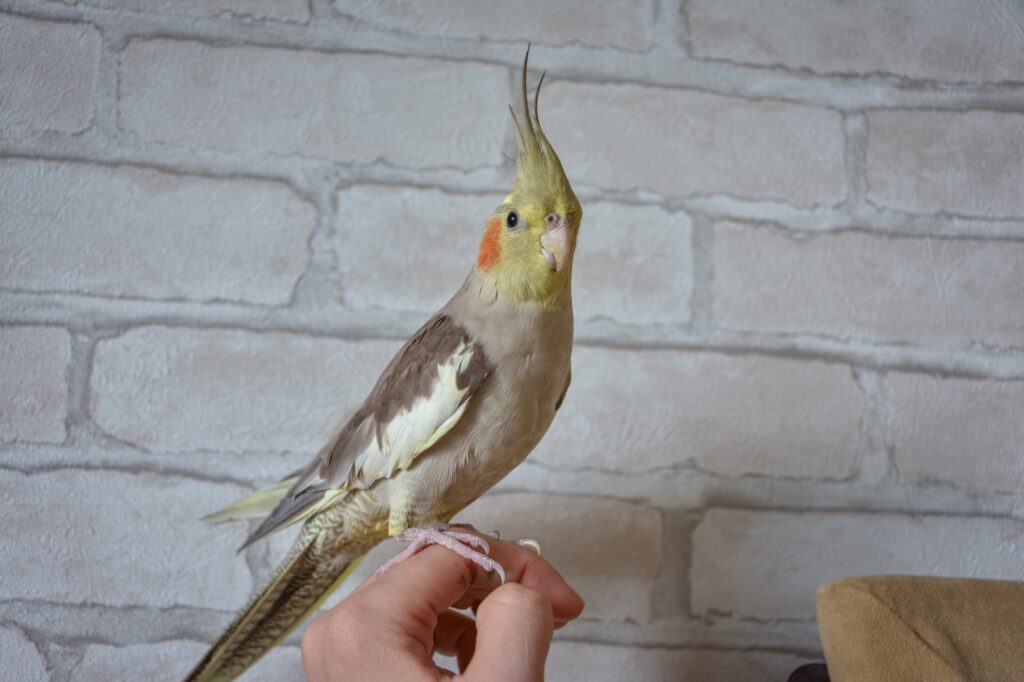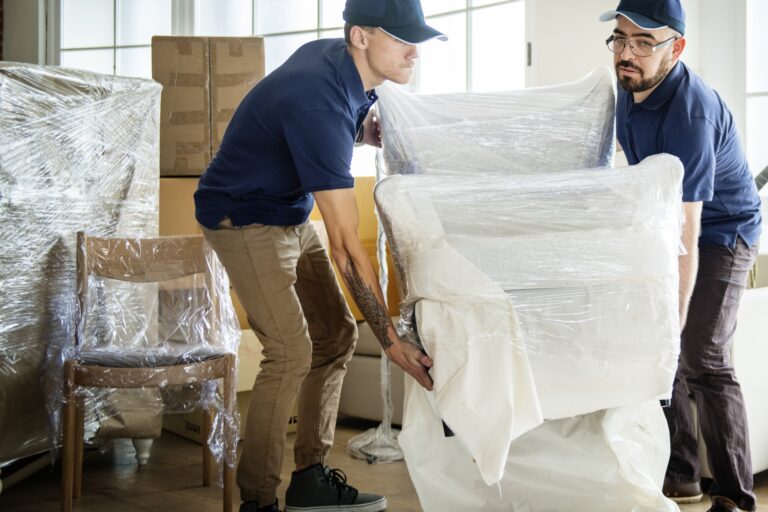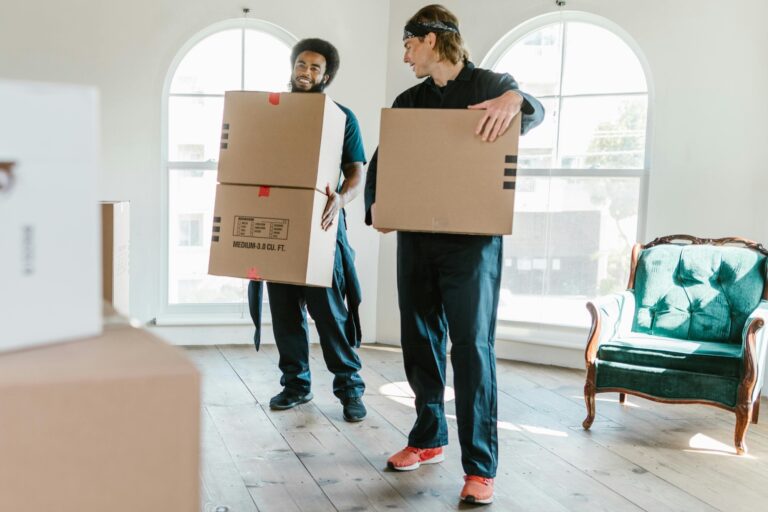Concerned about managing pet transportation when moving house? It’s a common challenge for many pet owners. This comprehensive guide covers everything from careful planning and essential vet visits to choosing the right pet carrier and ensuring a stress-free move for your beloved companions. By following these expert tips, you can significantly reduce your pet’s anxiety, ensuring a smooth transition to their new surroundings and a stress-free moving experience for both you and your furry friends.
Key Takeaways
- Start planning for your move 2-4 months in advance, allowing ample time for organising all necessary arrangements and reducing last-minute stress.
- Familiarise your pets with their carriers and pack familiar items to reduce stress during travel, creating a comforting environment that mimics their usual surroundings.
- Choose a pet-friendly removal company to make the moving process safe and hassle-free for your furry companions.
Planning for a Smooth Transition
Careful planning is the cornerstone of a smooth transition when moving house with pets. Begin preparations 2-4 months in advance to ensure everything goes smoothly. Early preparation helps in managing pet transportation effectively and minimises stress for both you and your pets. Recognising and catering to the unique needs of different pets ensures their well-being throughout the moving process.
Consistent routines, like feeding and exercising, help reduce anxiety levels in pets during a move. Sticking to their usual schedule helps them feel more secure amidst the chaos of moving. Planning for your pet’s specific requirements not only ensures their safety and comfort but also contributes to a stress-free journey for everyone involved.
Vet Visits and Health Checks
Schedule a vet visit well before the moving day to ensure your pets are in good health. A comprehensive health check and updated vaccinations are important steps in preparing pets for the move. This is especially important for pets with underlying health conditions that might require special attention during travel. Additionally, updating your pet’s microchip details and ID tags with your new address information is vital to ensure they can be safely returned if lost.
Pet owners should discuss any concerns about pet stress or anxiety with their local vet. They can provide advice on calming techniques and possibly prescribe medication if necessary. Proper vet visits and health checks minimise stress and promote a smoother transition to your new home.
Preparing Travel Documentation
Prepare travel documentation well in advance to avoid last-minute hassles. For international moves, a pet passport and health certificate are typically required, along with proof of up-to-date vaccinations. Each destination country may have specific requirements, so it’s important to research and prepare accordingly.
Pets moving to the EU require an Export Health Certificate. Additionally, proof of rabies vaccination is also necessary. Some countries may also have quarantine requirements, so understanding and complying with these regulations is essential for a smooth transition. Managing pet transportation documentation early ensures a stress-free journey and avoids unexpected delays.
Selecting the Right Pet Carrier
Choosing the right pet carrier is vital for your pet’s safety and comfort during transportation. A secure carrier provides a safe space for pets, reducing their anxiety and preventing accidents during travel. Placing cats in a durable travel carrier keeps them safe while on the move. Small mammals also benefit from being transported in high-quality carrying cases.
Consider using pheromone diffusers to create a calming environment inside the carrier. This can help alleviate pet stress during the journey. Select a carrier that suits your pet’s size and needs to manage transportation effectively.
Size and Material Considerations
Consider size and material when selecting a pet carrier. For cats, a carrier made from strong plastic or metal wire is recommended, as cardboard carriers may not be durable enough for safe transport. Materials like canvas, nylon, and polyester are durable and easy to clean, making them ideal for pet carriers.
The carrier should provide enough space for your pet to lie down and change positions but not be too spacious, which could cause instability …
The carrier should provide enough space for your pet to lie down and change positions but not be too spacious, which could cause instability during transit. Additionally, carriers with ventilation openings on at least two sides help ensure your pet does not overheat during travel. A secure locking system is also essential to prevent accidental escapes.
Familiarisation with Carriers
Familiarising your pets with their carriers before the move can significantly reduce their anxiety. Gradually introduce your cat to its carrier using treats and familiar items to ease the transition. Short, enjoyable trips can help your pet form positive associations with the carrier over time.
Including bedding, favourite toys, and food in the pet carrier can make the transition smoother. Travel training with short, enjoyable drives helps pets become accustomed to their carriers, ensuring a stress-free move.
Preparing Pets for the Move
Preparing pets for the move involves understanding their specific needs to minimise stress and ensure their safety. Update your pet’s microchip details with your new address to ensure they can be safely returned if lost during the move. A dedicated travel bag with pet essentials keeps items organised and easily accessible during the journey.
Packing familiar items like a beloved blanket or favourite toy can help soothe your pet during travel. Regular feeding and exercise routines help reduce anxiety levels in pets during the move. Keeping pets away from the chaos of packing further reduces their stress.
Packing Familiar Items
Pack familiar items for pets during transit. This helps in providing them with comfort and security. Include your pet’s favourite toys and bedding in the moving boxes to help them feel secure during the transition. A portable litter box can be beneficial for cats during long car rides. Using familiar litter scents may help reduce their stress levels.
Familiar items create a sense of continuity, making the move less intimidating for pets. Ensuring that your pet has access to their favourite things can significantly reduce their anxiety and help them adjust to the new environment more smoothly.
Managing Motion Sickness
Motion sickness can be a significant issue for pets during a move. To prevent motion sickness, avoid feeding your pet heavy meals before travel. Proper ventilation in the carrier reduces the risk of motion sickness. Gradually introducing the carrier and encouraging pets to interact with it using toys or treats can help reduce their anxiety.
Maintaining a routine during travel helps reduce anxiety levels in pets. Consulting your vet for medication can assist pets suffering from motion sickness during travel, ensuring a comfortable journey for them.
Ensuring Safe and Comfortable Travel
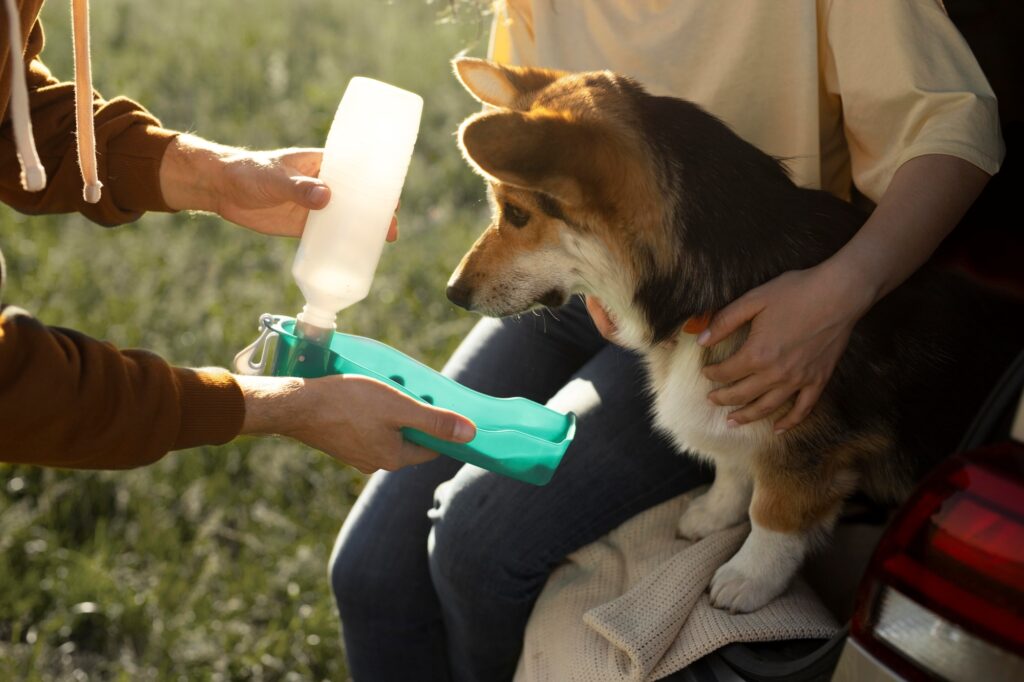
A safe and comfortable travel experience for your pets is crucial for a stress-free move. Choosing a carrier that allows room for the pet to stand, turn, and lie down comfortably is important. Proper ventilation in the carrier keeps the air fresh and reduces stress levels.
Using calming products such as toys or blankets can help ease your pet’s stress during the move. Pheromone diffusers and sprays can also be useful in keeping pets calm during transit. Careful planning is essential for transporting pets safely and minimising stress.
Regular Breaks During Transit
Regular breaks during long journeys provide pets with opportunities to stretch and hydrate. These breaks allow pets to relieve themselves and move around, which helps minimise anxiety during travel. Stopping every couple of hours can make the journey more comfortable for your pets. Maintaining routines during breaks helps reduce anxiety levels in pets, ensuring a smooth transition to their new home. Regular breaks are essential for a stress-free journey for your pets.
Avoid Leaving Pets in Hot Cars
Never leave your pet inside a hot car, even for a short period. Leaving pets unattended in hot cars can lead to dangerous conditions like heatstroke, which can cause serious health issues or even death if not addressed promptly. Proper ventilation and avoiding extreme temperatures during travel are crucial for your pet’s safety. Always prioritise your pet’s comfort and well-being during the moving process.
Moving Day Essentials for Pets
On a moving day, have a kit of essential items for your pets, including food, water, medications, grooming supplies, and cleaning supplies. Consistent feeding and walking times help maintain a routine for your pets, reducing their stress levels. Packing your pet’s bedding and familiar items offers comfort and familiarity during the move. Keep the essentials kit easily accessible in your vehicle to ensure pet needs are met promptly.
Creating a Safe Space
A designated safe space for pets minimises the risk of them escaping during the chaos of moving. Familiar scents in the safe room provide reassurance, helping pets transition to a new home. Familiar items like beds and toys can help ease the transition by providing comforting scents. Keeping the safe space quiet and calm can significantly help in reducing pets’ stress levels during the move.
Settling Pets into Their New Home
Create a designated area when settling pets into a new home. This space should include familiar items such as their bed, toys, and food bowls. Initially limiting your pets’ roaming area in the new home can help them adjust more easily. Establishing a daily routine promptly after moving provides a sense of familiarity for your pets. Including familiar toys in your pet’s moving day supplies can help reduce their anxiety during the transition.
Inspecting the New Environment
Assess the environment for potential hazards and escape routes before allowing your pets to explore their new home. This includes checking for any gaps in fences, securing windows, and ensuring doors are properly latched. Secure exit points to prevent pets from escaping and getting lost in an unfamiliar area.
Ensuring that the new house environment is free from hazards helps keep your pets safe and allows them to explore their new surroundings without worry. Taking these precautions will help create a secure and pet-friendly home.
Introducing Pets Gradually
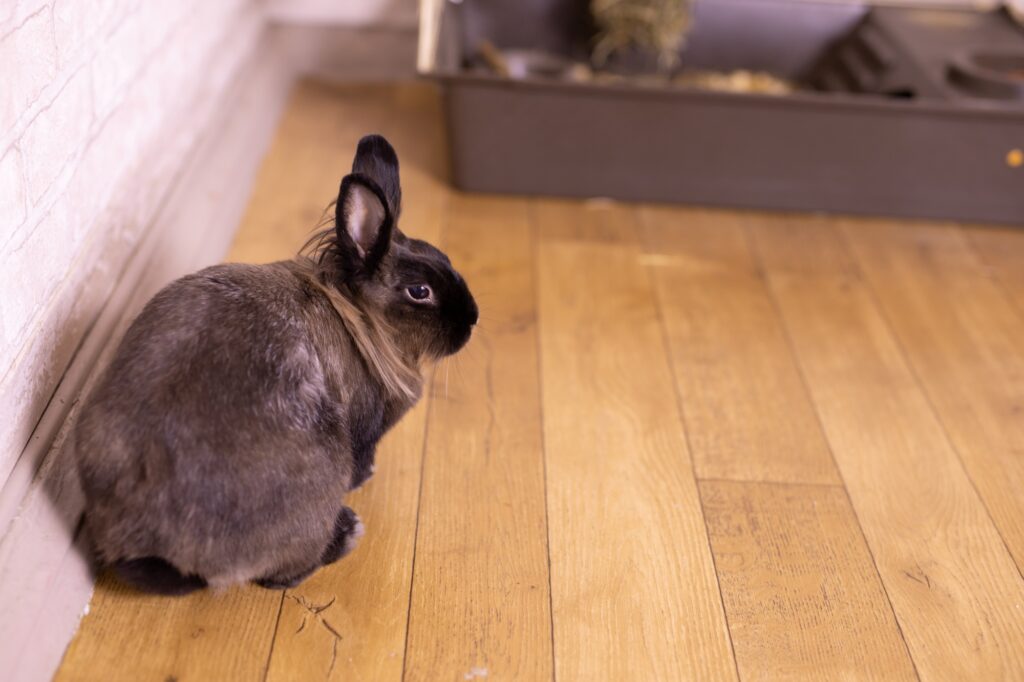
Gradually introducing your pets to their new home helps them adjust more comfortably. Start by placing your cat indoors in a room that mirrors their ‘safe room’ from the previous home, complete with fresh water, food, and a clean litter tray. Allowing pets to explore one room at a time manages their adjustment and reduces anxiety.
Consistent routines are crucial for helping pets feel secure in their new environment. For dogs, maintaining regular feeding and walking schedules provides a sense of continuity, making it easier for them to navigate their new surroundings at their own pace.
Monitoring Behaviour
Monitor your pet’s behaviour in the new home to identify signs of stress and provide reassurance. Look out for any changes in eating, sleeping, or grooming habits that might indicate anxiety. Providing comfort items like bedding or a chew toy can help pets stay calm during the transition. Offer love, patience, and reassurance to ease your pets’ transition to their new home. By being attentive and responsive to their needs, you can help your pets adjust more smoothly to the new environment.
Finding a Pet-Friendly Removal Company
A pet-friendly removal company is crucial for ensuring a stress-free move. Verify the removal company’s experience with transporting pets to ensure they can meet the specific needs of different animal types. A good pet-friendly removal company should demonstrate key qualities such as professionalism and efficiency. Exceptional customer service ensures a positive experience with professional pet relocation services.
Reach out to your friends and family for their recommendations. Additionally, consult with colleagues to identify a reliable company. Removal companies that prepare necessary travel documentation for pets can significantly reduce the hassle and ensure a smooth transition.
Research and Reviews
Thorough research and reading reviews ensure the safety and comfort of your pets during transportation. Look for reputable pet transportation companies with experience, testimonials, and necessary accreditations to handle your pets with care.
Reading reviews and testimonials from previous clients can provide valuable insights into the reliability and quality of the services offered. Careful research to select a reputable pet transportation company ensures your pets are handled safely and with care during your move.
Summary
Moving house with pets can be a complex process, but with careful planning and preparation, it can be a smooth and stress-free experience. Key takeaways include the importance of early preparation, maintaining routines, choosing the right pet carrier, packing familiar items, and taking regular breaks during transit. Ensuring your pets’ health with vet visits and proper documentation is also crucial.
Finding a reliable pet-friendly removal company and creating a safe space for your pets on moving days are important steps in ensuring their comfort and safety. By following these expert tips, you can minimise stress for your pets and help them adjust to their new home in Clapham. Remember, a well-planned move ensures the well-being of your furry friends and sets the stage for a happy new chapter in your lives.
Frequently Asked Questions
How long does it take a dog to settle when you move house?
Typically, your dog will start to settle within a few days, but keep in mind that significant changes may require more time. Using a pheromone diffuser can help ease their transition, so don’t hesitate to give it a try!
How early should I start preparing for a move with my pets?
Start preparing 2-4 months before your move to create a seamless transition for your furry friends! This proactive approach will help keep them calm and comfortable during the change.
What documents do I need to move my pet internationally?
To move your pet internationally, you’ll need a pet passport and a health certificate tailored to your destination’s requirements. Getting these documents in order will ensure a smooth transition for you and your furry friend!
How can I help my pets adjust to their new home?
To help your pets adjust to their new home, gradually introduce them to their surroundings while maintaining consistent routines and incorporating familiar items. This approach will create a sense of security for them and ease the transition!
What should I include in my pet’s travel kit on moving day?
Make sure to include food, water, medications, grooming supplies, and familiar items like bedding and toys in your pet’s travel kit. Having these essentials will help your furry friend feel comfortable and secure during the move!
